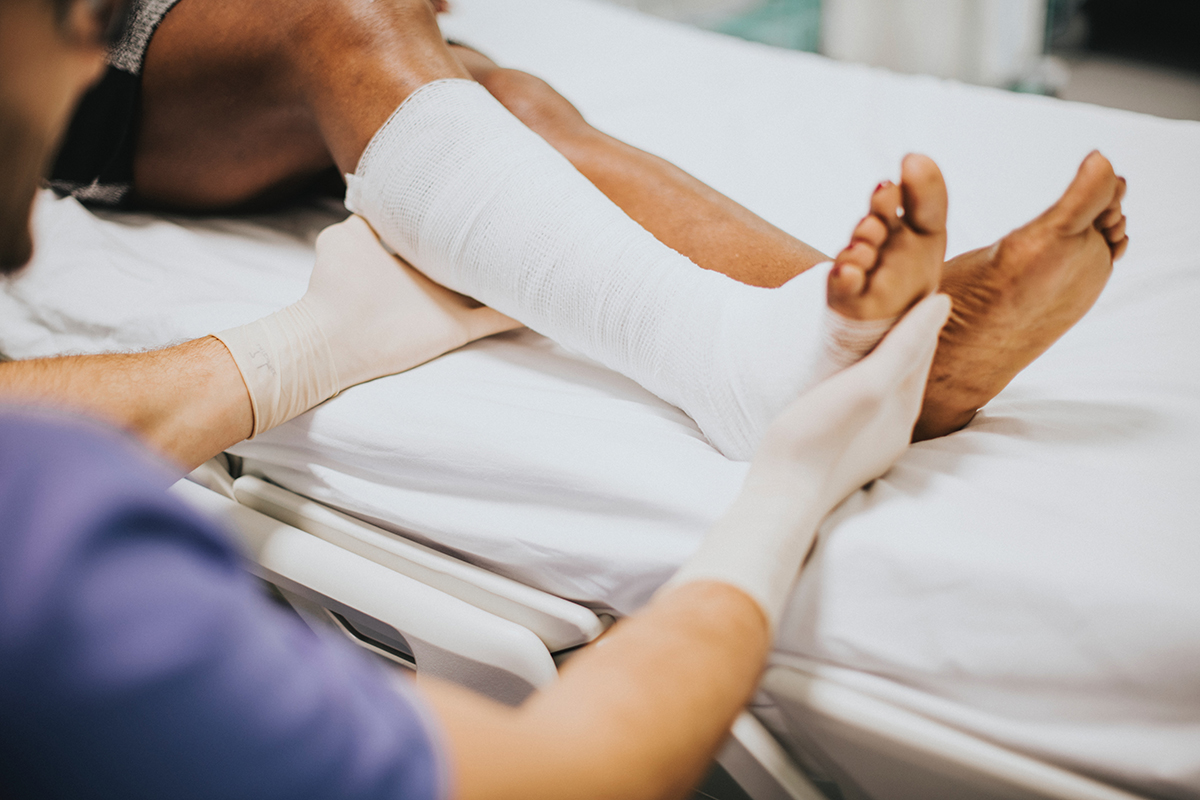Broken bones always need to be treated by medical professionals, but it can sometimes be difficult to know if a bone is really broken or not. The following guide walks you through a few tips to identify if you have actually broken a bone.
Examine Injured Area
First and foremost, examine the injured area closely. Look to see if there are any significant swelling, deformity or pain with movement. These may suggest an underlying fracture. If there is broken skin over these areas, or if there is any exposed bone you will need to see a physician immediately.
Monitor Your Pain
When you break a bone, you may not feel much pain at first. Shock and high adrenaline levels can stave off pain temporarily. Many people with broken bones can still walk or use the body part because of a large amount of adrenaline running through their body. As such, be careful of walking on using a body part too quickly after an injury. If you notice excessive or persistent pain after an injury, be sure to seek medical attention. Be aware that some minor fractures may not be easily noticeable at first and will require an x-ray to diagnose.
How Are Broken Bones Treated?
Broken bones must be set correctly to heal properly. Bones that are not properly set can create a nonunion where the bone never fuses together properly or it could take longer for the fracture to heal. A nonunion can lead to the bone breaking again easily later on or cause persistent pain.

X-rays will be taken to see the exact location and type of break.. Depending upon the type and severity of the break, the doctor will either suggest a surgical procedure to set the bone, or they may simply use a splint/cast to immobilize the fracture to ensure proper healing.
If you think you may have broken a bone, seek medical attention immediately. The ER on Soncy is a free-standing emergency room equipped to treat everything from sprains to fractures 24/7/365.

